Iridescent patches discovered on a fragment of Roman glass are caused by photonic crystals that grew naturally over time. The finding provides new insight into self-assembly and pH-driven nanofabrication processes, according to a team of Italian and US-based heritage and materials scientists.
The glass fragment was recovered from the clay-rich soil in the outskirts of Aquileia, an ancient city in northeast Italy, and is around 2000 years old. Over that period sections of the glass have changed from their original green to display iridescence – changing colour when viewed from different angles – while a large portion has taken on a metallic gold appearance. The effect is a form of structural colour caused by nanoscale assemblies that have been formed by surface weathering over hundreds of years. The highly ordered structures formed due to silica dissolution and reprecipitation under mild alkaline conditions.
The research team, led by the Italian Institute of Technology’s Arianna Traviglia and Tufts University’s Fiorenzo Omenetto used a range of microscopy and spectroscopic techniques to analyse the material. They showed that the multilayer structures are composed of vertically stacked plates, which lead to reflective properties like those of a Bragg reflector.

The researchers note that the project offers new understanding of the weathering processes that cause nanoscale structures to form over long periods of time, and which would be difficult to replicate with current approaches to artificial ageing.
References
G Guidetti et al, Proc. Natl. Acad. Sci. USA, 2023, DOI: 10.1073/pnas.2311583120



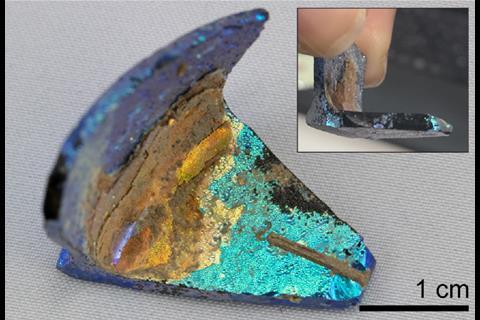
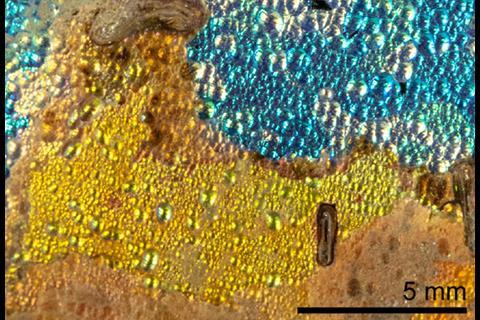
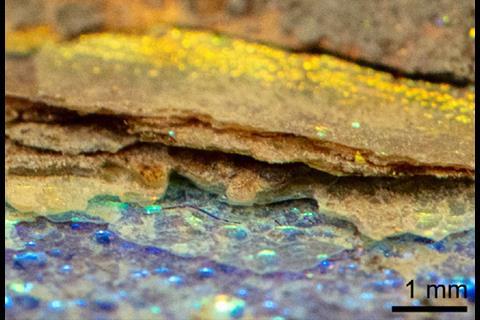

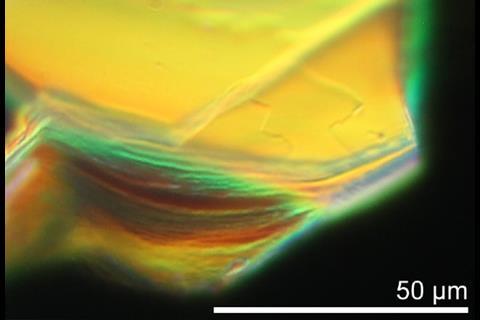
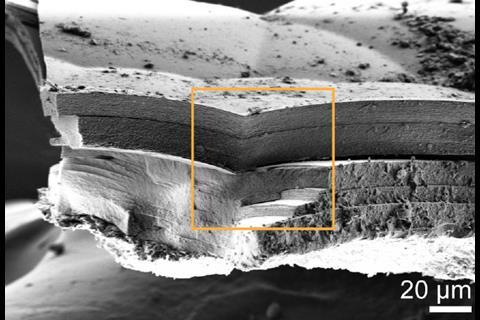



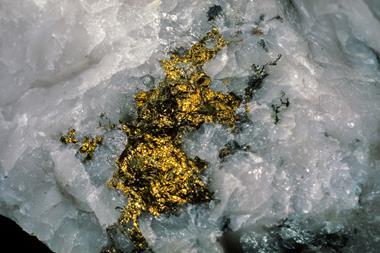




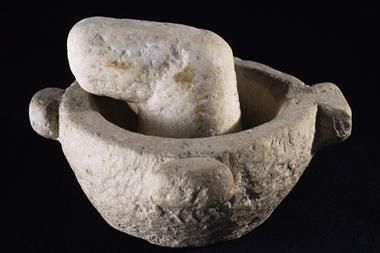






No comments yet